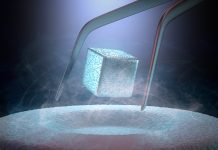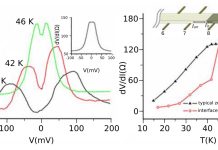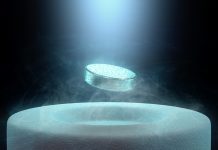Open Access Government produces compelling and informative news, publications, eBooks, and academic research articles for the public and private sector looking at health, diseases & conditions, workplace, research & innovation, digital transformation, government policy, environment, agriculture, energy, transport and more.
Home 2025
Archives
The journey of high-temperature superconductors: From discovery to today
John H. Miller, Jr., Professor of Physics at the University of Houston, discusses progress in high-temperature superconductors and its applications.
Collective quantum phenomena and their applications
John H. Miller, Jr., University of Houston (UH), from the Dept. of Physics and Texas Center for Superconductivity, explains collective quantum phenomena and their applications.
Department of Physics & Texas Center for Superconductivity
Physical science research at the University of Houston encompasses a wide range of topics including collaborations with the Large Hadron Collider in Geneva and Relativistic Heavy Ion Collider at Brookhaven.
Superconductivity and related macroscopic quantum phenomena
John H. Miller, Jr., from the University of Houston, Dept. of Physics and Texas Center for Superconductivity, walks us through superconductivity and related macroscopic quantum phenomena.





